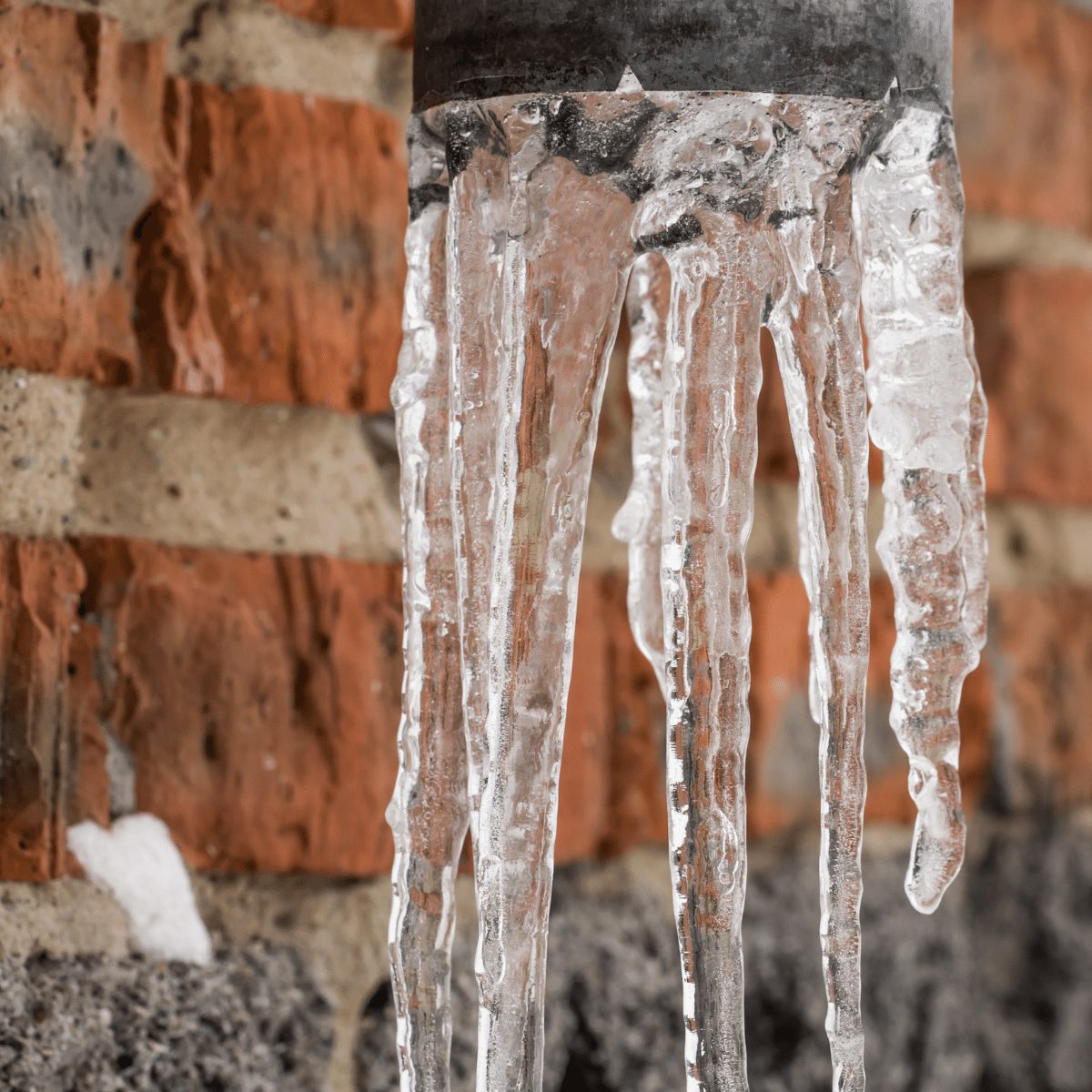The content directly below relating to 6 Ways to Prevent Frozen Pipes is amazingly attention-grabbing. Give it a go and make your own personal assumptions.

Winter can wreak havoc on your pipes, especially by freezing pipes. Below's exactly how to prevent it from taking place and what to do if it does.
Introduction
As temperature levels drop, the threat of frozen pipelines increases, possibly leading to pricey repairs and water damage. Comprehending just how to prevent icy pipelines is essential for house owners in cold climates.
Recognizing Icy Pipelines
What creates pipes to freeze?
Pipes ice up when revealed to temperature levels below 32 ° F (0 ° C) for prolonged durations. As water inside the pipes ices up, it broadens, taxing the pipe wall surfaces and possibly causing them to rupture.
Threats and damages
Frozen pipelines can lead to water disruptions, residential property damages, and expensive repair work. Ruptured pipelines can flooding homes and trigger extensive structural damages.
Indications of Frozen Piping
Determining icy pipelines early can avoid them from bursting.
How to identify icy pipes
Look for reduced water flow from taps, unusual odors or sounds from pipes, and noticeable frost on exposed pipelines.
Prevention Tips
Protecting vulnerable pipes
Cover pipelines in insulation sleeves or utilize warm tape to shield them from freezing temperatures. Focus on pipelines in unheated or external locations of the home.
Heating methods
Maintain indoor rooms properly heated up, specifically locations with pipes. Open up closet doors to allow warm air to circulate around pipes under sinks.
Safeguarding Exterior Pipes
Yard hoses and exterior faucets
Disconnect and drain pipes garden hose pipes prior to winter. Set up frost-proof faucets or cover exterior faucets with protected caps.
What to Do If Your Pipelines Freeze
Immediate activities to take
If you suspect frozen pipes, maintain taps open to eliminate stress as the ice melts. Make use of a hairdryer or towels taken in hot water to thaw pipes slowly.
Long-Term Solutions
Structural modifications
Take into consideration rerouting pipelines far from exterior walls or unheated areas. Include added insulation to attics, basements, and crawl spaces.
Upgrading insulation
Invest in top notch insulation for pipes, attic rooms, and wall surfaces. Proper insulation aids maintain regular temperature levels and lowers the danger of icy pipelines.
Conclusion
Protecting against frozen pipes needs aggressive measures and quick actions. By understanding the causes, indications, and preventive measures, home owners can shield their pipes throughout winter.
6 Proven Ways to Prevent Frozen Pipes and Protect Your Home
Disconnect and Drain Garden Hoses
Before winter arrives, start by disconnecting your garden hoses and draining any remaining water. Close the shut-off valves that supply outdoor hose bibs and leave the outdoor faucet open to allow any residual water to drain. For extra protection, consider using faucet covers throughout the colder months. It’s also important to drain water from any sprinkler supply lines following the manufacturer’s directions.
Insulate Exposed Pipes
Insulating your pipes is an effective way to prevent freezing. Pipe insulation is readily available at home improvement stores and is relatively inexpensive. Pay close attention to pipes in unheated areas such as the attic, basement, crawl spaces, or garage. Apply foam insulation generously to create a buffer against the cold. You can also wrap your pipes in heat tape or thermostat-controlled heat cables for added warmth.
Seal Air Leaks
Inspect your home for any cracks or openings that could let in cold air. Seal any holes around the piping in interior or exterior walls, as well as the sill plates where your home rests on its foundation. Additionally, make sure to keep your garage door closed unless you’re entering or exiting. Leaving it open creates a significant air leak that can lead to frozen pipes.
Allow Warm Air Circulation
During cold snaps, it’s essential to allow warm air to circulate evenly throughout your home. Leave interior doors ajar to promote better airflow. Open kitchen and bathroom cabinets to help distribute heat consistently around the rooms. If you have small children or pets, be sure to remove any household chemicals or potentially harmful cleaners from open cabinets for safety.
Let Faucets Drip
A small trickle of water can make a big difference in preventing ice formation inside your pipes. When temperatures drop significantly, start a drip of water from all faucets served by exposed pipes. This continuous flow helps prevent the water from freezing. Additionally, running a few faucets slightly can relieve pressure inside the pipes, reducing the chances of a rupture if the water inside does freeze.
https://choateshvac.com/6-proven-ways-to-prevent-frozen-pipes-and-protect-your-home/

We hope you liked our article on Preventing and dealing with frozen pipes. Thanks a ton for taking the time to browse our posting. Appreciated our write-up? Please share it. Help someone else check it out. We appreciate reading our article about How to Prevent Your Pipes From Freezing.
Appointment